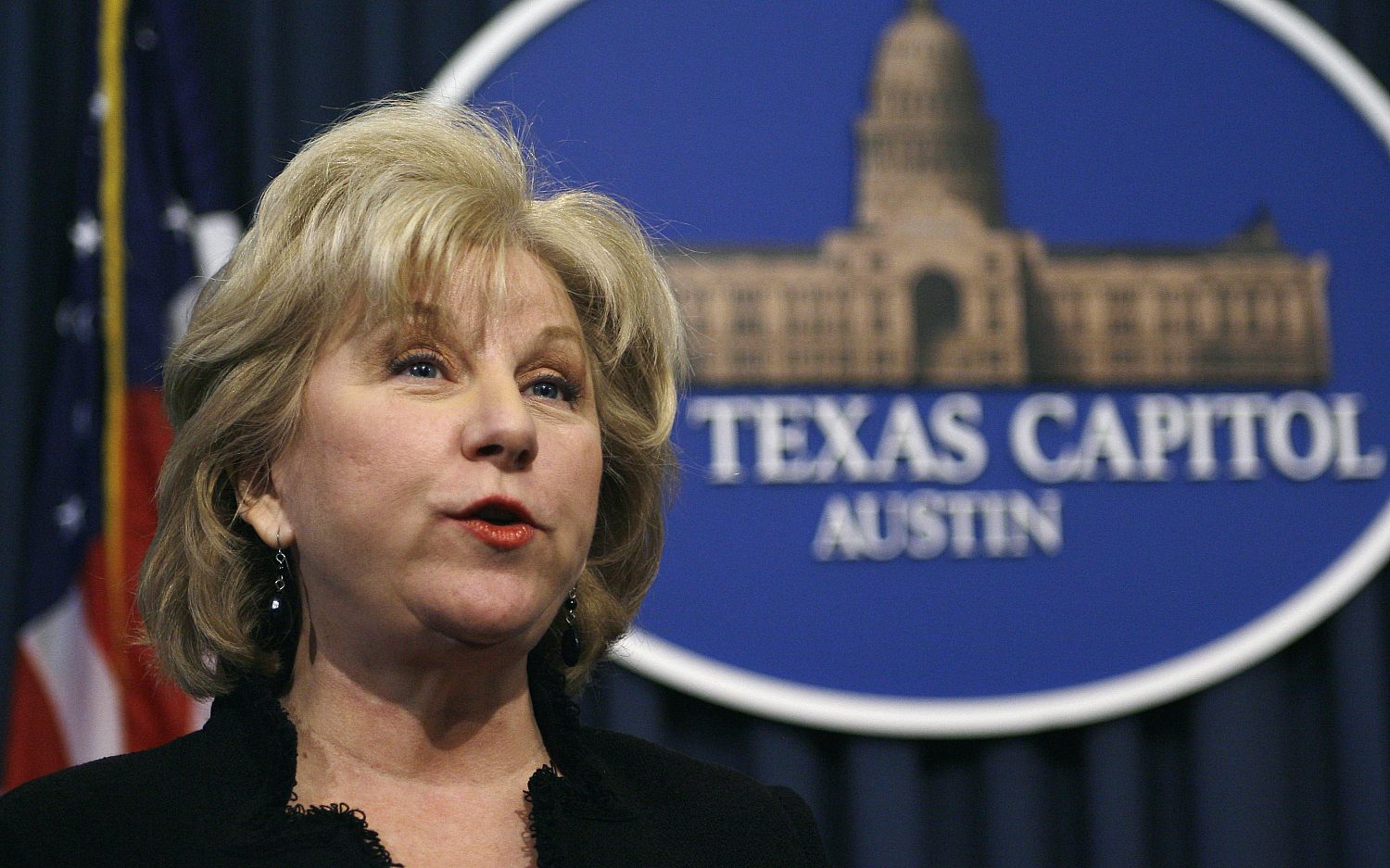Racial poverty gap closes as everyone gets poorer
Four out of five people under age 60 in the United States have been jobless, near poverty, or on welfare for at least a part of their lives, according to a new analysis released by the Associated Press. And the numbers show the economic racial gap may be narrowing, but in the wrong direction.
Poverty rates are still alarmingly high among non-whites, but changing economic and family dynamics contributed to a spike in poverty among whites. Today, only 49 percent of working-class whites say they think their children will do better than them, compared with 67 percent of non-whites.
Several indicators contributed to the AP’s conclusion. More than 19 million whites now fall below the poverty line of $23,021 for a family of four, accounting for more than 41 percent of the nation’s destitute, and nearly double the number of poor African-Americans. In addition, the percentage of white children living in high-poverty neighborhoods is rising, while the percentage of African-Americans is dropping.
But the foundation for the study is the definition of the term “economic insecurity.” University researchers who worked on the study defined “economic insecurity” as experiencing unemployment at some point in one’s working life, a year or more of reliance on government aid, or income below 150 percent of the poverty line. The data came from universities and the government.
Almost all of the nation’s minorities—90 percent—still experience “insecurity” in their lifetimes. But compared with the official poverty rate, some of the biggest jumps are among whites, now at 76 percent. By 2030, based on the current trends, close to 85 percent of all working-age adults in the U.S. will experience bouts of economic insecurity.
But, the study looks en masse at people under age 60, and the causes of insecurity using these thresholds are hard to pin down. Well over half of economic insecurity occurs before age 30, and unemployment is not uncommon during those years. In addition, the transition from a manufacturing economy to an information-based economy caused both unprecedented economic growth and attrition for long-time manufacturing employees. The period also saw evolving federal poverty thresholds and a large government expansion of welfare.
Single-parent households, though, emerged again as a major indicator of poverty. For the first time since 1975, the number of white single-mother households in poverty rose to equal those of African-Americans, at about 1.5 million. Family dynamics have transformed since this study’s 60-year-olds were born. Less than 5 percent of all children were born out of wedlock in the 1950s. It’s now 40.8 percent. The breakdown of marriage and the explosion of single-parent families are some of the most significant indicators of poverty, for both adults and children.
The Associated Press contributed to this report.
An actual newsletter worth subscribing to instead of just a collection of links. —Adam
Sign up to receive The Sift email newsletter each weekday morning for the latest headlines from WORLD’s breaking news team.




Please wait while we load the latest comments...
Comments
Please register, subscribe, or log in to comment on this article.